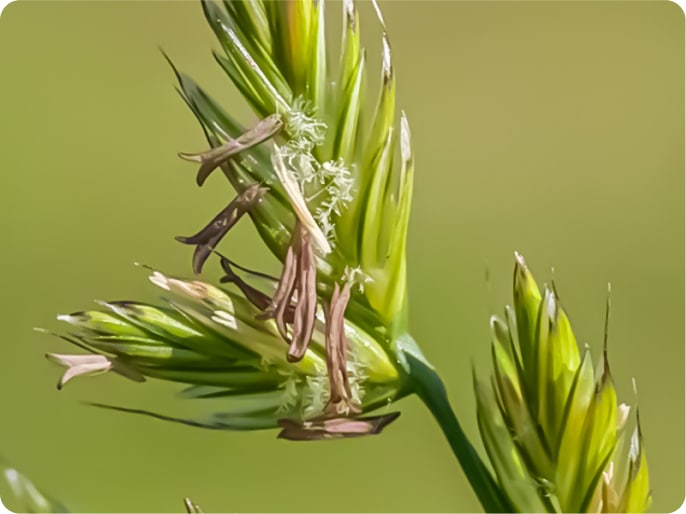
Festulolium
Festulolium (Festulolium) was bred by the method of distant hybridization and experimental polyploidy with the participation of perennial ryegrass and cane fescue. Being a hybrid, Festulolium took all the best from the original cultures. Ryegrass gave it resistance to low temperatures and a powerful rhizome, fescue gave it the ability to form a strong green mass. From both varieties of these cereals, the hybrid received a high growth rate, which makes its growing season very short.
Festulolium borrowed from ryegrass such properties as a high content of sugars and metabolic energy in dry matter, good eating and digestibility, since it forms a large number of tender, well-leafed shoots. It grows back quickly after mowing. Unlike ryegrass, it is less prone to flower formation in subsequent cuts. From fescue, festulolium inherited longevity, high winter hardiness, vitality, good tolerance to trampling and drought resistance. However, some hybrids have reduced seed productivity or are generally infertile, which must also be taken into account when organizing seed production of this crop.
